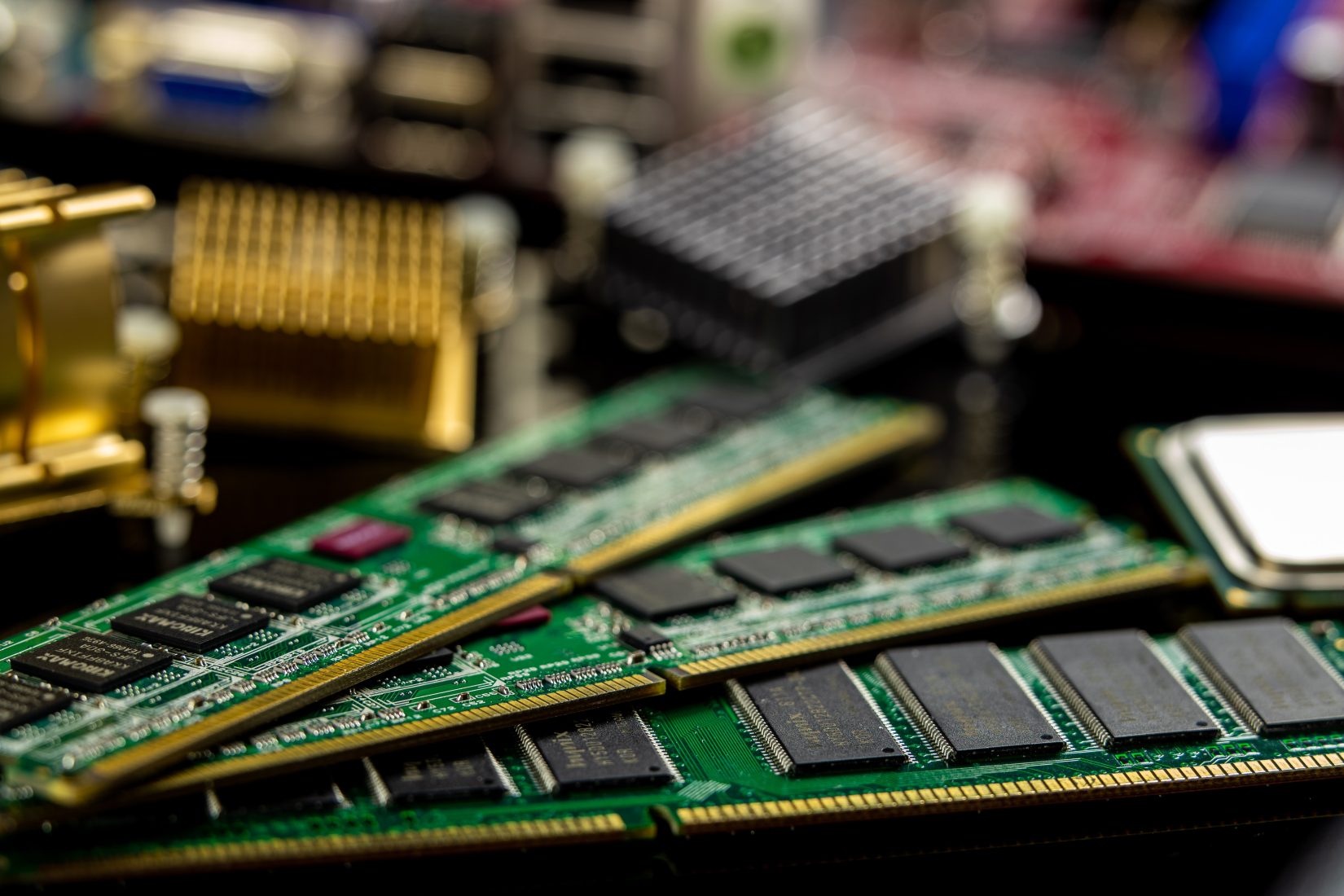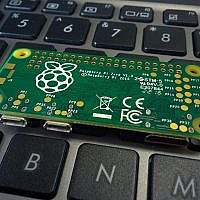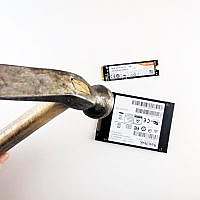Random Access Memory (RAM) is an essential component of any computer system, and it plays a crucial role in the overall performance and functionality of the system. When RAM chips malfunction, it can cause a range of issues, such as system crashes, application errors, and data corruption.
Therefore, it’s essential to detect RAM problems early to avoid significant data loss and system instability. In this article, we’ll explore how to tell if a computer’s RAM chips are malfunctioning. Also read our breakdown of Tom’s Hardware latest ram chip rankings.
- Run Memory Diagnostics Tool:
Most modern operating systems have built-in memory diagnostic tools that can help detect RAM problems. These tools work by performing a series of tests on the RAM chips to identify any errors. In Windows 10, for example, you can access the Memory Diagnostic tool by searching for it in the Start menu. Once you launch the tool, follow the on-screen instructions to start the diagnostic process. If the tool detects any problems, it will prompt you to take appropriate actions.
- Check System Logs:
Another way to detect RAM problems is by checking the system logs for any error messages related to memory. System logs can provide valuable information about the health of your computer’s hardware, including RAM. In Windows, you can access the Event Viewer to view system logs. Look for error messages that mention memory-related issues, such as “Memory Management” or “Page Fault in Non-Paged Area.” These errors can indicate a problem with your RAM chips.
- Perform Stress Tests:
Stress testing your computer’s RAM can also help detect any problems. Stress tests work by putting your RAM chips under heavy load to identify any weaknesses or errors. There are several third-party tools available that can help you perform RAM stress tests. Some popular options include MemTest86 and Prime95. Be sure to follow the instructions carefully when running these tests to avoid causing any further damage to your system.
- Monitor System Performance:
If you notice that your computer is running slower than usual or experiencing frequent crashes, it may be a sign of RAM problems. To confirm this, you can monitor your system’s performance using the built-in Task Manager or other third-party tools. Look for high memory usage or spikes in memory usage during normal usage. If you notice any abnormalities, it could be a sign of faulty RAM chips.
- Physical Inspection:
Finally, you can physically inspect your RAM chips to look for any signs of damage or corrosion. If you notice any cracks, discoloration, or corrosion on the RAM chips or slots, it could be a sign of a malfunctioning chip. In this case, you may need to replace the faulty RAM module to resolve the issue.
Tom’s Hardware ram kits summary (for new buyers)
| Platform | Capacity | Target speed & timings | Example kits | Why this pick |
|---|---|---|---|---|
| Intel (LGA1700/LGA1851), DDR5 | 32GB (2×16) | DDR5-6400–7200, CL30–36 | G.Skill Trident Z5 RGB 6400/7200 (XMP); Corsair Dominator/Vengeance 6400–7200; Crucial Pro Overclocking 6400 | Best price/perf for gaming & creation; easy XMP, broad board support. |
| Intel (LGA1700/LGA1851), DDR5 | 48GB (2×24) | DDR5-7200–8000, CL34–40 | G.Skill Trident Z5 7600–8000; Corsair Vengeance 7200–8000 | Sweet spot for high-end Intel; great for heavy tabs + light creation. |
| Intel (LGA1700/LGA1851), DDR5 | 64GB (2×32) | DDR5-6400–7200, CL30–36 | G.Skill Trident Z5 6400; Corsair Dominator 6600–7200; Crucial Pro OC 6400 | “Do-everything” capacity; minimal tuning needed, strong composite scores. |
| Intel (enthusiast/benching) | 48–64GB | DDR5-7600–8400+, CL38–46 | G.Skill Trident Z5 7800–8200; Corsair Vengeance 7600–8400 | Chasing max FPS/benchmarks; expect gear-ratio tweaks and more tuning. |
| AMD AM5 (Ryzen 7000/9000), DDR5 | 32GB (2×16) | DDR5-6000–6400, CL28–36 | G.Skill Trident Z5/Neo 6000–6400 (EXPO); Crucial Pro EXPO 6000–6400; KLEVV/Kits w/ EXPO | AM5 sweet spot (1:1 FCLK/UCLK/MCLK comfort). “Set it & forget it.” |
| AMD AM5 (Ryzen 7000/9000), DDR5 | 48GB (2×24) | DDR5-6000–6400, CL30–36 | G.Skill Trident Z5/Neo 6000–6400 EXPO; TeamGroup T-Force 6000–6400 EXPO | Extra headroom for creator/multitaskers without leaving the sweet spot. |
| AMD AM5 (Ryzen 7000/9000), DDR5 (creator) | 96GB (2×48) / 128GB (2×64) | DDR5-5600–6000, CL30–38 | Corsair Vengeance 5600–6000 EXPO; V-Color / Crucial 5600–6000 | Prioritizes stability with big DIMMs; still strong real-world perf. |
| High-capacity (either platform) | 192GB (4×48) | DDR5-5600–6000 | Biwin 4×48GB 5600–6000; Corsair 5600 | For VMs, video, data sets; accept lower clocks for compatibility. |
| Budget DDR5 (either) | 32–64GB | DDR5-5600–6000, CL30–36 | Crucial Pro (standard/OC); Corsair Vengeance 5600–6000; TeamGroup T-Create | Most value per dollar; tiny real-world loss vs. 6400. |
| Legacy DDR4 (Intel/AM4) | 16–32GB | DDR4-3600–4000, CL14–18 (tight) | G.Skill Trident Z/Neo; TeamGroup Xtreem; Patriot Viper; PNY XLR8 | Still ideal for mature DDR4 rigs; prioritize tight timings over raw MHz. |
In conclusion
Detecting RAM problems early is crucial to ensure the proper functioning of your computer system. By following the steps outlined above, you can identify any issues with your RAM chips and take appropriate actions to resolve them. If you’re unsure about how to proceed, seek the help of a qualified computer technician to avoid causing further damage to your system.



